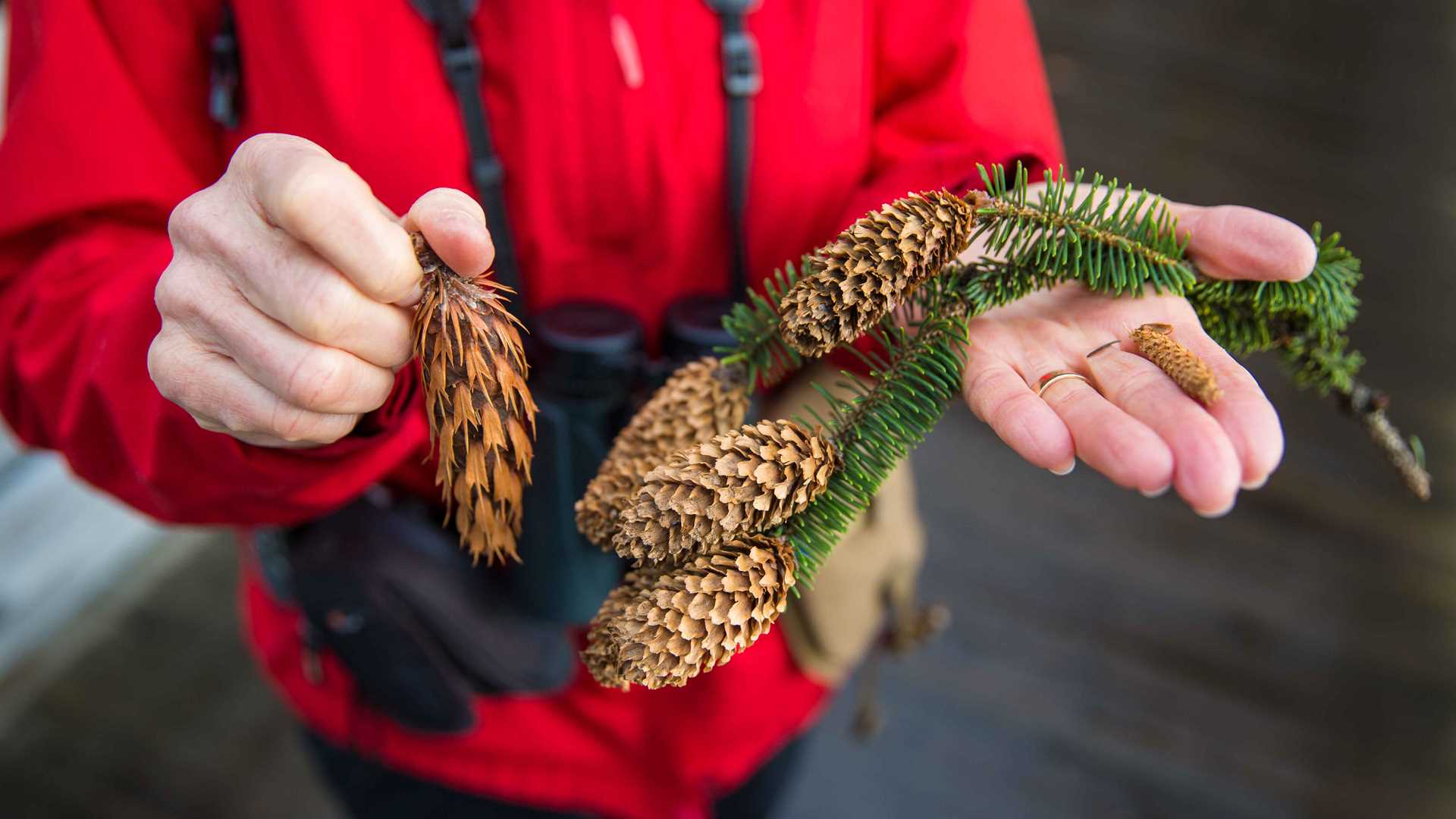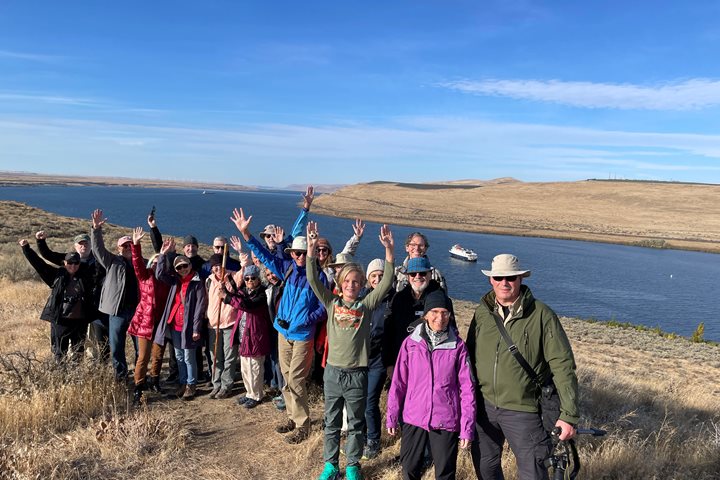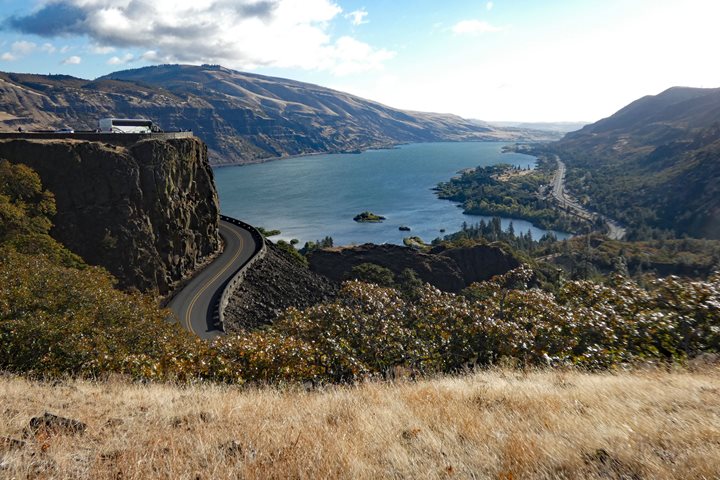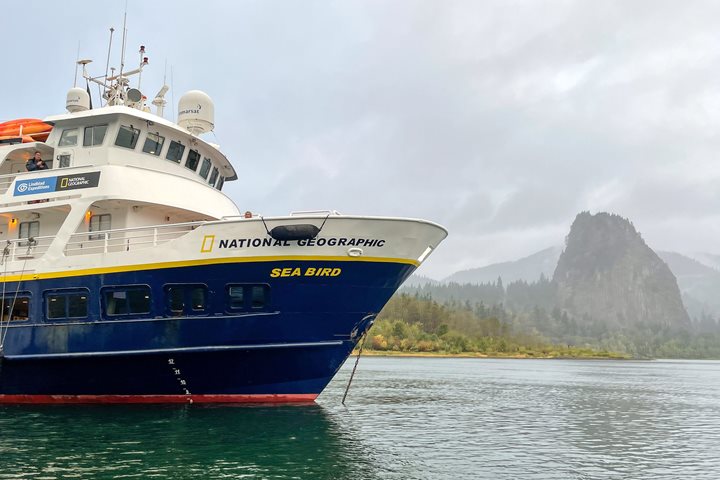How do you remember a journey? There are essentially as many ways to keep hold of memories of an expedition, as there are members on it. Retelling stories, maybe even embellishing a little, certainly helps. Photos can freeze moments in time like windows looking into an experience. Even if we were as dedicated journal writers as Meriwether Lewis and William Clark, the details can get a little blurry here and there. Preserving the essence of what it meant to be part of a peregrination, such as the voyage down the Columbia to meet the Pacific as we have, comes down to the overall feeling that is connected to it. How it felt to be at those historical sites, looking at the same landscape that those early western explorers saw as they pushed ever westwards. To have that sensation of awe as we travelled past basalt cliffs or the contentment of returning home every night to a cozy cabin. It’s as if the entire experience folds down into a complex taste for the mind to savor.
Our explorations just of today were an adventure unto itself—wandering around Fort Clatsop (the encampment of the Corps of Discovery during the winter of 1805 to 1806), traipsing through the woods at Cape Disappointment (so named when it turned out one could not cross the Columbia River bar at this point) or jaunting around Astoria (the first permanent U.S. settlement on the Pacific Coast). One could probably spend six days in the Columbia River Maritime Museum alone trying to appreciate the impressive exhibits on display. But at the end of the day there is an end to the day and eventually it was time for us to return to our welcoming call that is the National Geographic Sea Bird. And perhaps that is the most one could ever hope for in a journey, and a unique aspect of life on a ship—the sensation that one is already home even when abroad.







